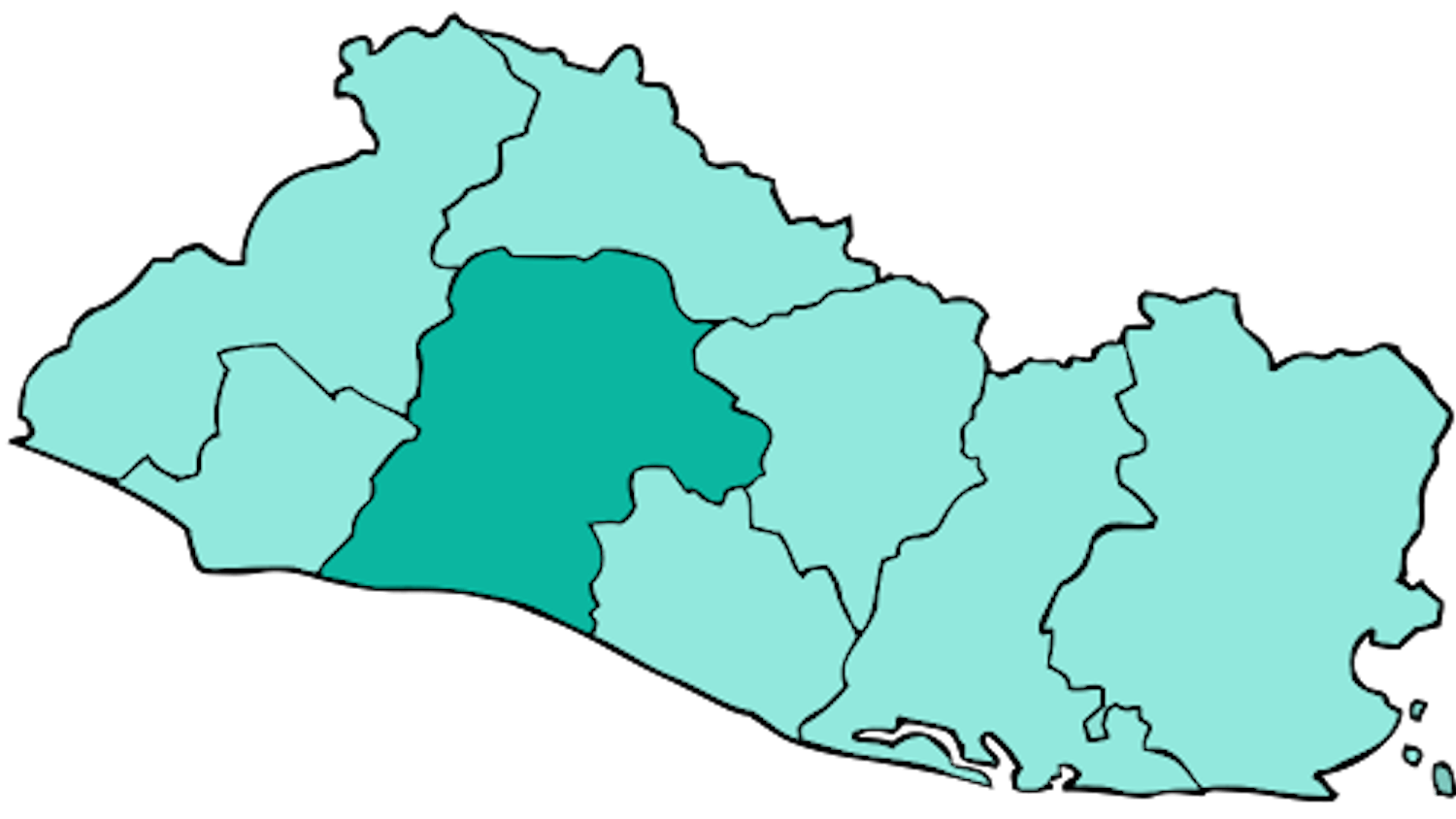Aliyah Siddiqui
Assistant International Editor
The United Nations’ Intergovernmental Panel on Climate Change (IPCC) released a report on Feb. 28 highlighting the dangers of climate change unless rapid measures are taken to reduce greenhouse gas emissions. The report is part of a series of reports on climate science and follows a report released in Aug. 2021 that examined how human activities heat the planet.
According to the New York Times, United Nations Secretary General Antonio Guterres describes this report as an “an atlas of human suffering and a damning indictment of failed climate leadership.”
The report claims nations are not doing enough to protect citizens from the current dangers of climate change. Citing numerous examples of climate disasters, such as heat waves in North America or catastrophic floods in Asia and Africa, the report also describes the indirect effects of these climate disasters. For example, due to drought killing crops and trees, millions of people are at increased risk of malnutrition and around half of the world’s population faces severe water shortages. While nations have attempted to limit the damage caused by these extreme weather events through adaptive technology such as early warning systems, the report calls these changes “incremental” and not enough to deal with future threats.
The report also warns that if global temperatures continue to rise, nations may not be able to adapt to the environment, causing global displacement.
Since the 19th century, global temperatures have risen by an average of 1.1 degrees Celsius, and while many global leaders have promised to reduce temperatures to 1.5 degrees Celsius, actually reaching that goal would require nations to end fossil-fuel emissions by 2050, which most nations are not on track to achieve.
If the temperature reaches 1.5 degrees Celsius, the report predicts that around 8% of the world’s farmland would be unable to grow food, and the number of people who would face severe coastal flooding would increase by over one-fifth, partly due to the bleaching and the decline of coral reefs which act as buffers against storms.
If the temperature surpasses 2 degrees Celsius, between 800 million and 3 billion people would face chronic water scarcity due to drought, and crop yields would decrease. Moreover, in Africa, 1.4 million children would face severe malnutrition.
Finally, if the temperature surpasses 3 degrees Celsius, the report warns that the risk of extreme weather events would increase by five times. Flooding would cause four times as much economic damage, and up to 29% of the known plant and animal species would face a high extinction risk. Some islands may also become uninhabitable if sea levels rise.
Additionally, the report details that poor nations, while only producing a small amount of global greenhouse gas emissions, feel the effects of climate change far more than rich countries. For example, between 2010-2020, droughts, floods and storms killed fifteen times more people in more vulnerable countries than in the wealthiest nations. If temperatures continue to rise, adapting to climate change would become especially difficult for poorer countries. While wealthy countries have promised to give $100 billion per year to developing nations by 2020 to develop cleaner energy sources, they have fallen short by billions of dollars, hindering climate adaptation.
According to The Washington Post, the IPCC recommends that nations need to revolutionize energy and food production systems and redesign cities to save both lives and money in the future, specifically citing the need for “transformational” changes.
This report follows another report released earlier in the month by the United Nations Environment Program and the nonprofit, GRID-Arendal, regarding the increased risk of uncontrollable wildfires. Specifically, the United Nations predicts that there will be a 14% increase by 2030, 30% increase by 2050, and 50% by the end of the century.
This increase is due to both climate change and land use change, and the report warns that as fires become more intense, firefighting will become less effective and more dangerous.
The report also details the ways in which wildfires disproportionately affect poorer nations by harming vulnerable populations’ health, resulting in damage with a high economic toll and causing soil erosion and contaminated waste.
The wildfire report advises that other than reducing greenhouse gas emissions, the most effective way to reduce the intensity of wildfires is to increase international cooperation, restore ecosystems, have greater knowledge of healthy land-tending practices and reduce the amount of flammable vegetation or debris.
The final report in the series on climate change is set to come out this spring and will examine ways to reduce greenhouse gas emissions and global warming.







